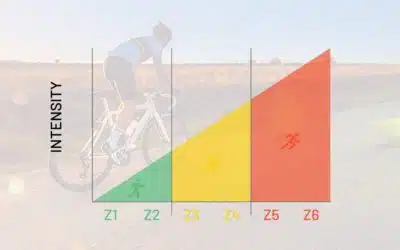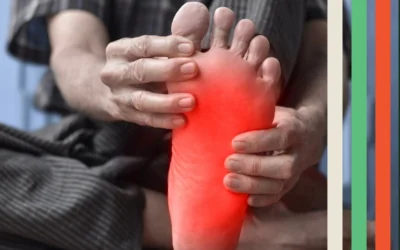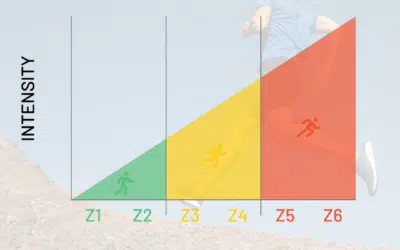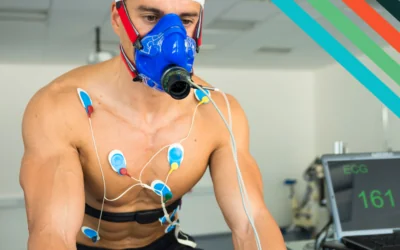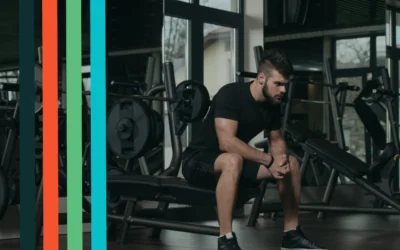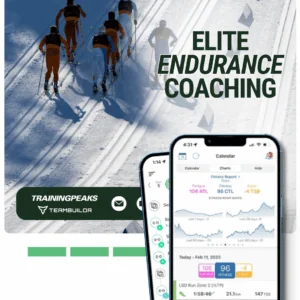blog
Training and injury rehab tips for elite and everyday athletes
Popular Tags: EXERCISE PHYSIOLOGY | RUNNING | INJURIES | STRENGTH TRAINING | PODCASTS | OPINION
What is Anaerobic Threshold? (+sample workouts!)
Exercise physiologists have long used thresholds as a way to measure transitions through exercise intensities, to quantify changes in fitness over time, and to evaluate metabolism in humans.
Often people refer to their “threshold” in the running world. But, as exercise physiologists, we know that there are actually at least two thresholds, the aerobic threshold and the anaerobic threshold, both with different purposes, physiologies, and work loads.
Stop Foot Arch Pain from Derailing Your Running
Foot arch pain can sideline even the most dedicated runners—but it doesn’t have to. Whether it’s plantar fasciitis, tight calves, or something more serious like a stress fracture, understanding the root cause is key. In this post, we break down the most common reasons for arch pain and what actually works to fix them—based on real cases and current research. If you’ve tried new shoes, rest, or orthotics without relief, this is for you.
Should you run with sore muscles or rest?
Running with sore muscles is a common dilemma for both seasoned and beginner runners. Should you push through the discomfort, or is rest the smarter choice?
Which smartwatch should I buy in 2025 to get the most out of my endurance training?
What watch do I need to buy to get the most out of my endurance training?
As a coach this is a question that I get asked a lot by my athletes, and my answer is always more along the lines of “Well it depends”…
There are a few different questions to ask yourself when you are starting to look for a watch.
What is Aerobic Threshold? (+ sample workouts!)
Most runners talk about their “threshold,” but did you know there are actually two—the aerobic threshold and the anaerobic threshold—each with distinct roles in performance? While the anaerobic threshold gets most of the attention, the aerobic threshold is just as critical for endurance, dictating how efficiently your body burns fuel and sustains effort over long distances.
Which Test Is Right for You? A Guide to Performance & Rehab Testing
When it comes to your health, performance, or recovery, the question isn’t just “Am I doing enough?” — it’s “Am I doing what’s right for me?”
The Science of Rest: Why Resting Between Sets Is Crucial for Training
Rest intervals are more than just a break—they are a critical component in driving performance and maximizing your results. We break down the science behind rest periods and how you can optimize them to get the most out of your training.
The Workout Plateau Explained: Why It Happens and How to Overcome It
A workout plateau happens when progress stalls despite consistent effort—whether in strength, endurance, or body composition. It’s frustrating, but hitting a workout plateau is also a normal part of training.
The good news? Hitting a plateau isn’t failure—it’s a chance to adjust and come back stronger. This guide will walk you through why it happens, and how to break past it with smart strategies like progressive overload, periodization, recovery, and coaching. Let’s get you back on track.
Fuelling for a Marathon: Our Expert Tips for Race Day
You trained hard for months. Now it’s time to show off that work. But there’s one last piece of the puzzle that could make — or break — your race day: fueling.
You nail your training runs, dial in your pacing, and get your shoes just right… only to fall apart at mile 18 because your energy tank hits empty.
Can Gait Analysis Lead to Better Performance?
Is your running form holding you back? Gait analysis helps identify movement inefficiencies, muscle imbalances, and injury risks that can impact performance. Learn how assessing and optimizing your gait can improve stride mechanics, reduce pain, and keep you training consistently. Read on to see how small adjustments can lead to big performance gains.
Is Heel Striking Bad for Running? (The Science Runners Should Know)
Heel striking during running isn’t as bad as you’ve been told. Learn what science actually says about foot strike patterns, injury risk, and how to run efficiently—without obsessing over how your foot hits the ground.
Join over 2000+ individuals who get bi-weekly tips on how to improve performance, rehab injuries, and learn new perspectives!
More Resources
Our mission is to change the way people perceive performance and rehab. They are not separate, they are on the exact same spectrum. Movements that are injury-resistant tend to be those that are also performance-enhancing. We are committed to helping, innovating, and being leaders in our fields.

